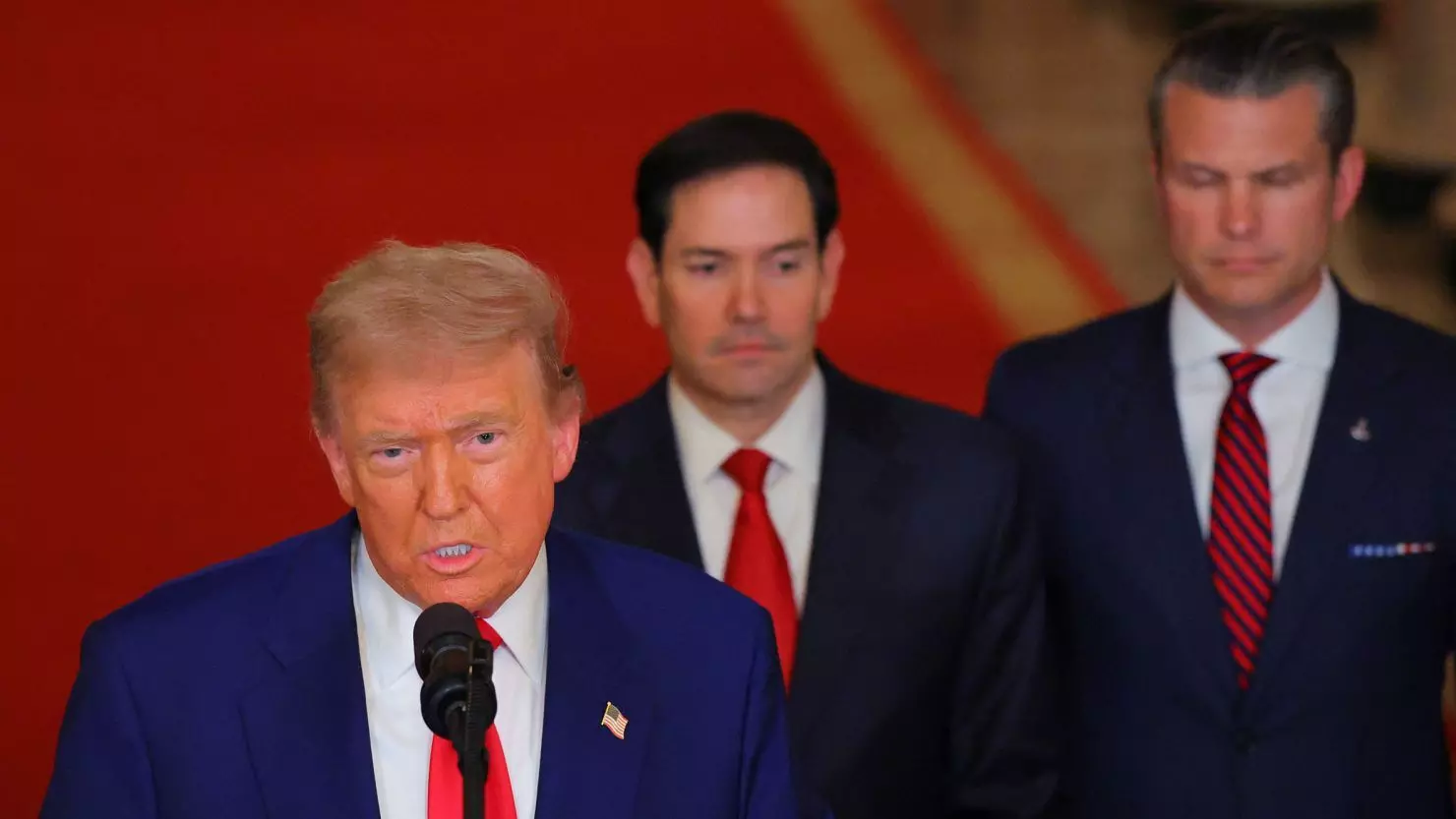Breakdown in Back-Channel Talks Led to US Airstrikes on Iran: What We Know So Far
Tensions in the Middle East reached a boiling point as US President Donald Trump ordered a dramatic series of airstrikes on Iran’s nuclear facilities, including Fordow, Natanz, and Isfahan, following the collapse of back-channel diplomacy with Iranian leaders.
Breakdown in Back-Channel Talks Led to US Airstrikes on Iran: What We Know So Far

Tensions in the Middle East reached a boiling point as US President Donald Trump ordered a dramatic series of airstrikes on Iran’s nuclear facilities, including Fordow, Natanz, and Isfahan, following the collapse of back-channel diplomacy with Iranian leaders.
Just two days before the strikes, Trump had publicly stated he would decide on military action within two weeks. However, when diplomatic efforts fell apart, he swiftly authorized the assault, describing it as a “spectacular military success.”
Why Did Trump Change Course So Quickly?
Although President Trump initially signaled a delayed response, internal White House discussions shifted rapidly after covert diplomatic talks failed. According to Axios, Turkish President Recep Tayyip Erdoğan facilitated a back-channel effort to organize direct talks between the US and Iran in Istanbul.
Trump was reportedly open to sending White House envoy Steve Witkoff, Vice President JD Vance, or even attending the talks himself. The goal was to de-escalate the rising tensions through a potential face-to-face meeting with Iranian President Masoud Pezeshkian.
However, the plan unraveled when Supreme Leader Ayatollah Ali Khamenei—believed to be in hiding due to fears of Israeli assassination—could not be reached for approval. Iranian officials ultimately informed Turkey that they were unable to proceed without his consent, resulting in the cancellation of the talks.
Trump’s Response After Diplomacy Collapsed
Hours after the failed back-channel initiative, President Trump posted on Truth Social:
“Iran should have signed the ‘deal’ I told them to sign. What a shame, and waste of human life. Simply stated, IRAN CAN NOT HAVE A NUCLEAR WEAPON. I said it over and over again! Everyone should immediately evacuate Tehran!”
Shortly afterward, US B-2 stealth bombers launched targeted strikes on Iran's underground facilities using “bunker-buster” bombs, dealing a direct blow to its nuclear infrastructure.
Iran Confirms Attacks, Vows to Continue Nuclear Efforts
The Atomic Energy Organisation of Iran confirmed that three of its nuclear sites were hit, condemning the US for what it called a “brutal act” that violated international law. The agency claimed there was no radioactive contamination post-strike and stressed that the attacks would not derail Iran's nuclear ambitions.
The escalation has heightened fears of direct conflict between Iran and the United States, as well as potential retaliation against US forces and allies in the Middle East.
Geopolitical Implications
Trump had recently positioned himself as a “global peacemaker,” referencing his efforts to ease tensions between India and Pakistan, and had even suggested he deserved the Nobel Peace Prize. However, the rapid shift to military action in Iran underscores the fragile nature of diplomacy in the face of nuclear threats.
The failed attempt at diplomacy, followed by immediate military escalation, marks one of the most volatile moments in the Iran–US relationship in recent years.

